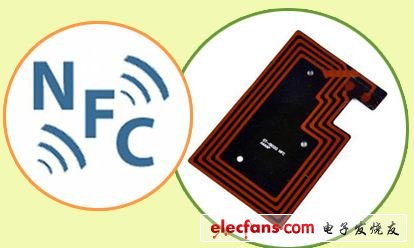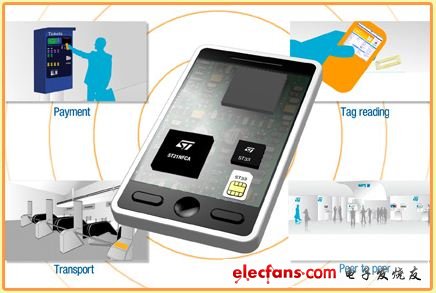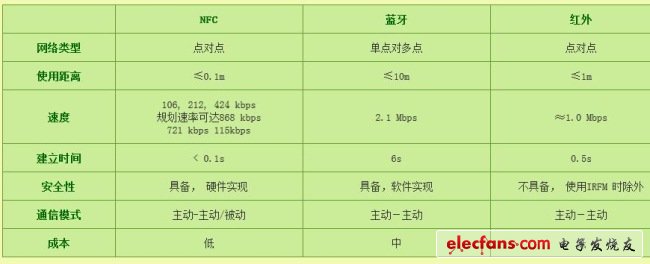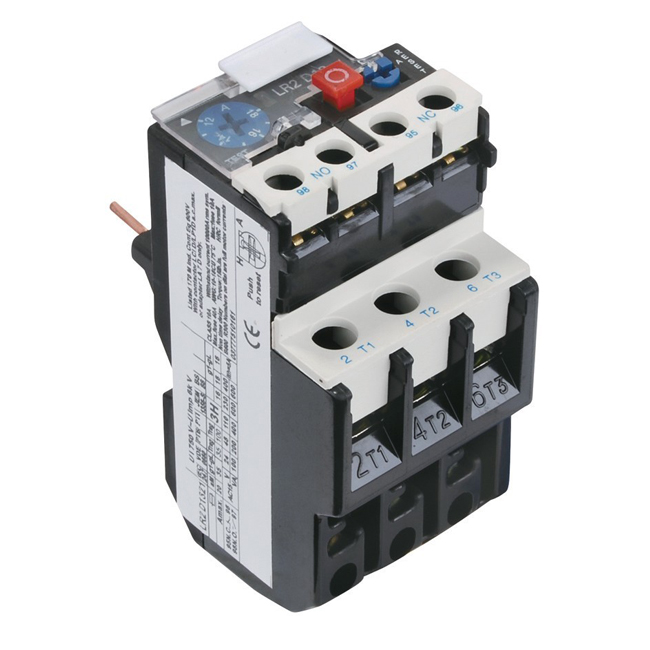Analysis of NFC short-distance transmission scheme
With the rapid development of mobile Internet in 2012, smart phones continue to develop rapidly under the impetus of manufacturers, operators and other parties. The hardware technology of smartphones has made a qualitative leap in the past year, and dual-core processors have become almost standard. In this area, the ARM architecture is very popular, occupying a monopoly position. In order to meet ARM, Intel has launched the low-power processor Atom, which is intended to compete with ARM on the mobile Internet. Introduction to NFC Near Field Communication (Near Field CommunicaTIon, referred to as NFC), also known as short-range wireless communication, is a short-range high-frequency wireless communication technology that allows non-contact point-to-point data transmission between electronic devices, within ten centimeters (3.9 English Inches), exchange information. This technology has evolved from contactless radio frequency identification (RFID) and is backward compatible with RFID. Due to the natural security of near field communication, NFC technology is considered to have great application prospects in mobile payment and other fields. Chip structure diagram NFC working mode Card mode (Card emulaTIon): This mode is actually equivalent to an IC card using RFID technology. Can replace a large number of IC cards (including credit cards) in shopping malls, bus cards, access control, tickets, tickets and so on. In this way, there is a great advantage that the card is powered by the RF domain of the contactless card reader, even if the host device (such as a mobile phone) is not powered. P2P mode: This mode is similar to infrared and can be used for data exchange, but the transmission distance is relatively short, the transmission establishment speed is much faster, the transmission speed is faster, and the power consumption is low (Bluetooth is also similar). Linking two NFC-capable devices enables point-to-point data transmission, such as downloading music, exchanging pictures, or synchronizing device address books. Therefore, through NFC, multiple devices such as digital cameras, PDAs, computers, and mobile phones can exchange information or services. Reader / writer mode: Used as a contactless card reader, such as reading related information from posters or electronic labels on exhibition information.
Thermal Overload Relays are protective devices used for overload protection of electric motors or other electrical equipment and electrical circuits,It consists of heating elements, bimetals,contacts and a set of transmission and adjustment mechanisms.
Our Thermal Overload Relays had been divided into five series(as follow),with good quality and most competitive price,had exported into global market for many years:
LR1-D New Thermal Relay
The working principle of the thermal relay is that the current flowing into the heating element generates heat, and the bimetal having different expansion coefficients is deformed. When the deformation reaches a certain distance, the link is pushed to break the control circuit, thereby making the contactor Loss of power, the main circuit is disconnected, to achieve overload protection of the motor.
Thermal Overload Relay,Telemecanique Overload Relay,Thermal Digital Overload Relay,Telemecanique Model Thermal Relay Ningbo Bond Industrial Electric Co., Ltd. , https://www.bondelectro.com


LR2-D Thermal Relay
LR-D New Thermal Relay
LR9-F Thermal Relay
Intermediate Relay
As an overload protection component of the motor, the thermal relay has been widely used in production due to its small size, simple structure and low cost.
